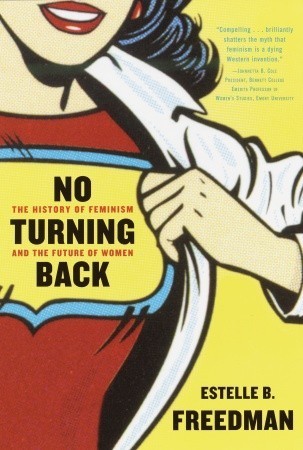What do you think?
Rate this book


464 pages, Paperback
First published January 1, 2000
“Feminism is a belief that women and men are inherently of equal worth. Because most societies privilege men as a group, social movements are necessary to achieve equality between women and men, with the understanding that gender always intersects with other social hierarchies.”